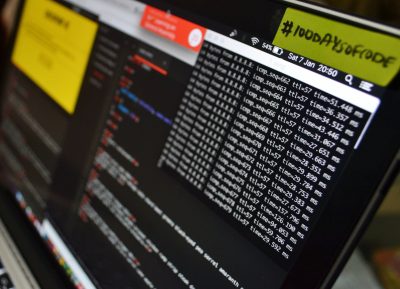Robbing corporate credentials is a worthwhile business in the black markets. Attackers have been found to go to different lengths to get those. Presently, another gang of cybercriminals has been noticed imitating Adobe PDF online services and utilizing counterfeit notices to bait their casualties.
What exactly happened?
As indicated by specialists, messages inside the phishing mail guarantee that a document has been shared utilizing Adobe PDF online services.
Also read,
Notwithstanding, this name of the service doesn’t exist. It is suspected to imitate authentic services, for example, Document Cloud or Acrobat on the web.
- The site links to download the shared documents resemble a verification window with an obscured interface of Adobe Acrobat Reader DC.
- Notwithstanding the obscuring, the EMInvoice_R6817-2p[.]pdf doesn’t coordinate with the verification window. The window for downloading the document shows the other name Wire Transfer Receipt[.]pdf.
- Furthermore, the obscured report has an Invoice composed on it. Nonetheless, the filename says receipt, which is an affirmation for effectively got a pay.
Phishing email PDFs
The utilization of noxious PDF documents in phishing mails is unmistakably shown in a few as of late noticed assaults. A ton of episodes have seen hackers utilizing PDF documents to target clueless clients.
- In the week prior, a Campaign of spear-phishing was spreading the AsyncRAT payload utilizing a noxious link in a well-created message. The phishing messages incorporate corrupt links covering up as PDF documents.
- Previously in the month, cybercriminals behind the SolarMaker malware assault were discovered to utilize PDFs. These corrupt PDFs were loaded up with SEO keywords to rob information and passwords.
Phishing mails spoofing the names of notable programming to trick beneficiaries is a typical yet compelling risk. A typical arrangement of hygiene of security measures can enormously decrease the danger of corruption from this danger. Organizations can secure themselves by training their workers about detecting phishing attacks. Additionally, they can utilize anti-phishing arrangements and use security items with against phishing parts.





